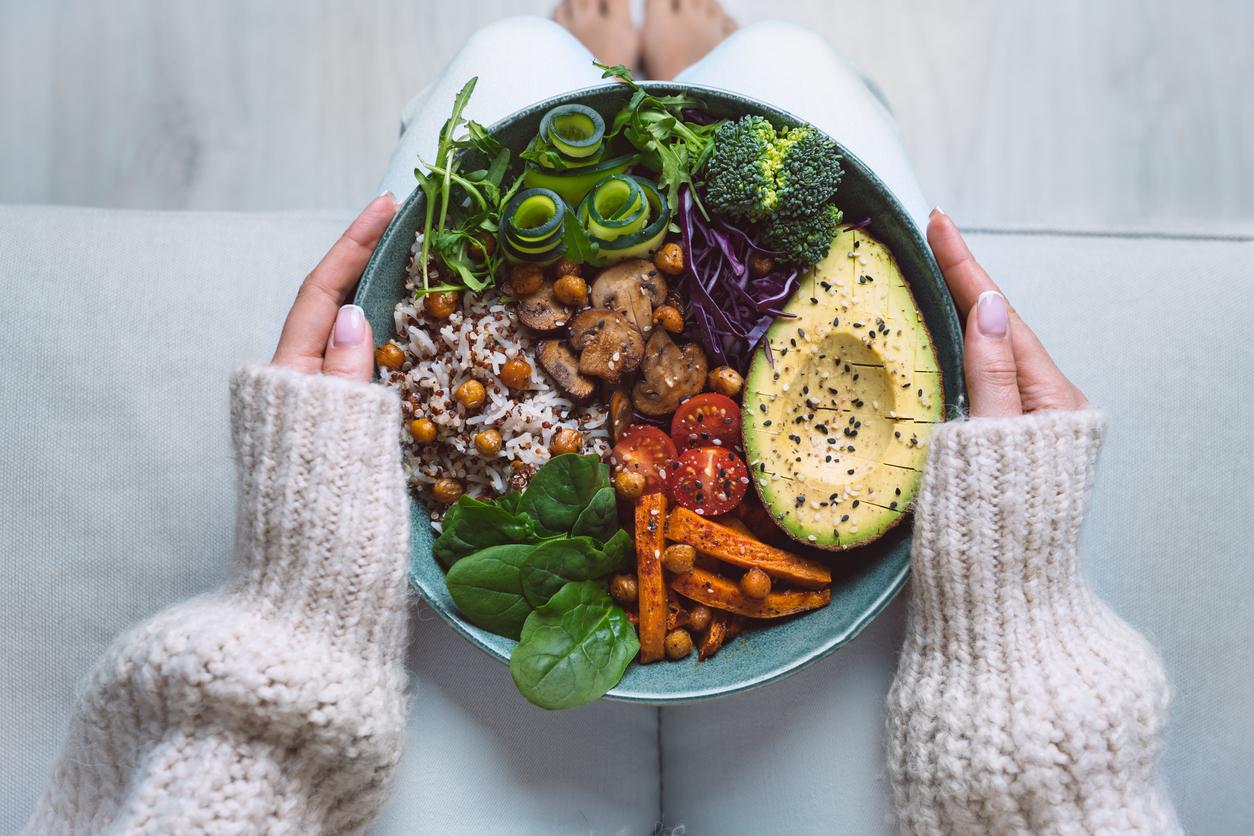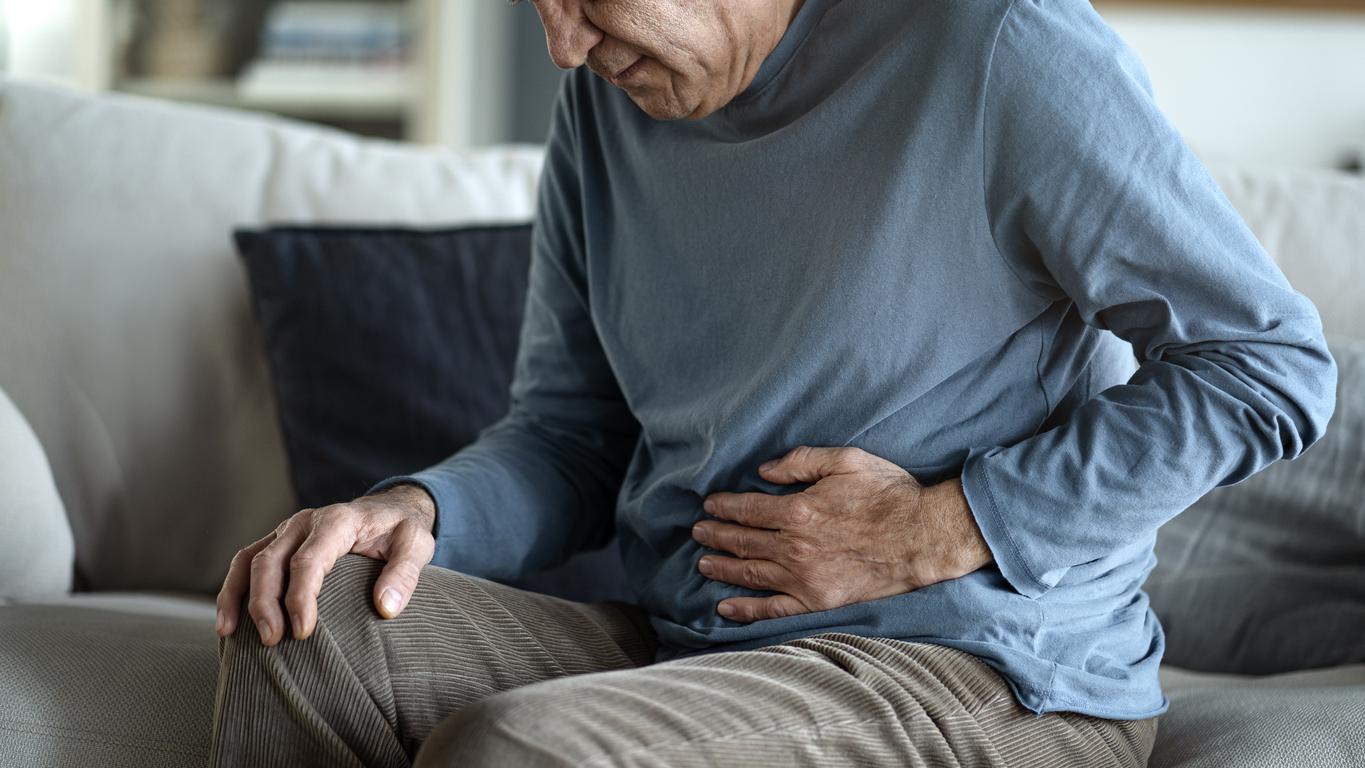At the base of raw food, one observation: cooking destroys a good part of the vitamins and enzymes in food. “Raw foodism” therefore consists in consuming them raw (“raw” in English), to absorb the maximum of their nutrients. At the heart of this diet, fruits and vegetables. Chosen organic, they are consumed with their skin, full of antioxidants. Crudivorism is not, however, limited to biting a carrot, Bugs Bunny style. It is a culinary art, with its own techniques.
Even great chefs take the local train
The food is grated, mixed, dehydrated, sprouted (cereals, seeds …) or even lacto-fermented (kimshi, sauerkraut …), but never brought to more than 42 ° C, to keep their enzymes and nutrients intact. Eating “raw” means choosing a “living” diet. And the chefs are getting down to it. Popularized in the United States in the 1980s, the movement appealed to the general public and restaurateurs. In 2009, the Italian chef Alessandro Porcelli created the collective “ Cook it Raw », Where the French appear Alexandre gauthier and Inaki Aizpitarte. The proof that we can reconcile gastronomy and health …
Why go to raw food?
Most raw eaters include their food choice in an ecological approach (we eat without pesticides, local, seasonal). Even in the extension of a way of life ” vegan », Where products of animal origin are completely banned. Others see it more as a parenthesis detox, with renewed energy. In addition to fruits and vegetables, non-vegan raw food eaters consume (ultra-fresh) meat or fish in the form of tartares, carpaccios, sashimi (strips of raw fish in Japan) or ceviche (traditional recipes for fish marinated in lime in South America).
Are raw foods well supported by the intestines?
“Eating raw is going back to a time when we did not yet have control over fire, warns Suzanne Lefebvre, dietician. The concern is that our genotype (genes) and our microbiota (intestinal flora) have since evolved. The body has become accustomed to assimilating cooked food and has fewer enzymes necessary for the digestion of cellulose (fibers Plant). It can be irritating to certain intestines and cause bloating, even diarrhea. »It is therefore better to gradually introduce raw foods, avoiding peppers, cabbage or cucumber, more difficult to digest.
Eating raw, does it help to lose weight?
Raw fruits and vegetables require more chewing and have a high satiating effect.
We eat less quickly, in smaller quantities, so we limit the calorie intake. “Crudivorism remains however restrictive, underlines the dietician. I don’t recommend it for people looking to lose weight. By removing cakes and processed foods, it can induce rapid weight loss, but it is due to muscle wasting. It is therefore necessary to maintain a good protein intake, by consuming raw meat or fish, or germinated seeds. “
Are there any risks with this diet?
There are indeed limits … Raw, some foods have a high rate of toxins. This is the case with potatoes (and other roots rich in starch such as cassava, sweet potato), morels, green beans, eggplants, chestnut… We therefore always put them in the pan before consuming them. And, of course, freshness and hygiene must be top notch when it comes to meat or fish. ” Besides,
there is a risk of calcium and vitamin D deficiency, says our expert. We can overcome them by consuming fresh seaweed, raw milk, almonds and green vegetables such as broccoli. To not lack vitamin B12 and iron, eat red meat in carpaccio or else
from Oysters. The lenses Sprouts are also a good source of iron. On the other hand, in the event of a raw vegan diet, you must be vigilant. In this case, we make a report with a nutritionist or a naturopath, who can balance the diet and offer supplementation, if necessary.
Our expert: Suzanne Lefebvre dietician nutritionist
Read also:
Adopting a balanced diet is not that complicated!
Gourmet raw chocolate recipes
The “raw food” bars, concentrates of benefits!

















